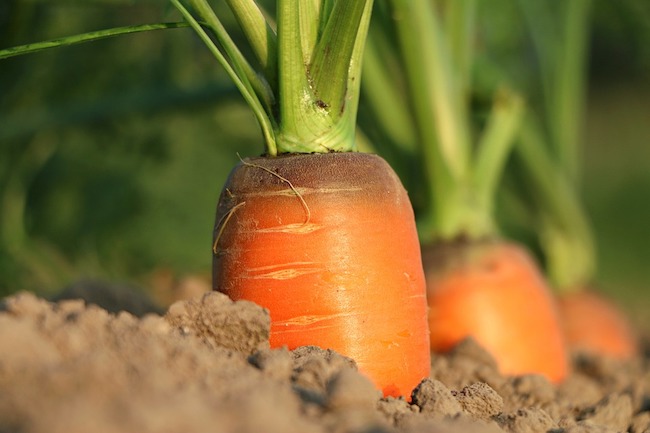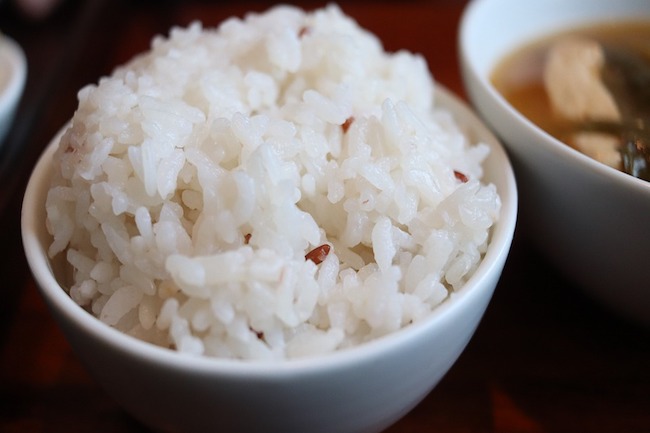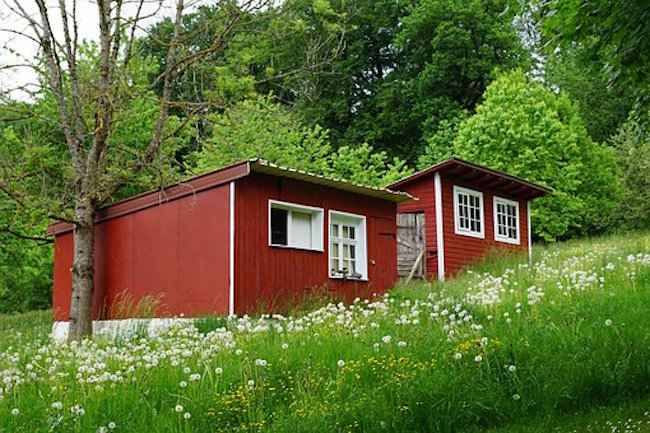How to Grow a Successful Garden in (Almost) Any Climate by Joanna Miller for The Organic Prepper
Growing a successful garden can be hard to achieve depending on where you live. I began gardening in the Chicago suburbs, a wonderful place in which to grow things. The seasons were regular, the rain was abundant, and the soil was fertile.
However, much of the country is not like that.
When I lived in the Houston suburbs, the summers were too hot for fruit to set. On the High Plains in Colorado, our weather is wildly unpredictable. May can bring 80-degree weather or snow. It’s not unusual to have both. To deal with this, I’ve learned to love season extenders. As we’ve discussed on this website, becoming productive is more important than ever.
Support Our Site

Now is your chance to support Gospel News Network.
We love helping others and believe that’s one of the reasons we are chosen as Ambassadors of the Kingdom, to serve God’s children. We look to the Greatest Commandment as our Powering force.
Successful Garden Tip 1: Keep your plants warm with straw
Commercial growers in my area have hoop houses, the kind you buy from places like FarmTek. I flip through their catalogs and dream about future projects. But I’m also a fan of simple, and for simple cold protection, you can’t beat dirty animal bedding.
I usually plant peas, potatoes, and leeks in April because the very hard freezes are generally over by then. However, last year, in mid-April, we had a week of January weather. The highs were only going to be in the 40s, and the nights were dropping to between 10 and 15 degrees.
I didn’t want to lose my seedlings. So, I buried them in about a foot of soiled straw from my goats and alpacas. Then I topped it off with some pine needles I’d gotten from friends living in the suburbs. When the weather warmed up a week later, I uncovered the plants, and they were fine. They were definitely ready to see the sunshine again, but they survived. I only lost a few days of growth, rather than three weeks, if I had to replant.
Successful Garden Tip 2: Cloches
Not everyone has access to soiled animal bedding. A technique more popular with suburban gardeners in my area is to use cloches. Cloches are any small, transparent covers you can use to protect young plants from frost. You can probably buy them.
In my area, people reuse gallon milk jugs as cloches. Take an empty gallon milk jug, cut off the bottom, and then partially bury the jug around each plant so it won’t blow away (I live in a very windy area, so this is important).
It’s not unusual to see milk jugs all over people’s properties this time of year. The nice thing about milk jugs, too, is that you can leave the cap on if the weather dips below freezing or take it off when the sun comes out. You have a bit of control over the temperature surrounding your plants.




